Summer is officially here and you’re not the only ones who have been enjoying the sunshine. I am sure many of you may have noticed that the scenery has gotten a lot more colourful lately.
Butterflies are cold blooded invertebrates and thrive in the sunshine. Many species can be seen right here in Kent.
Recently the education team took part in the `Big Butterfly Count` here at WWP. This is a survey which takes place across the UK and is very important in assessing the health of our environment. It is so easy to take part and anybody can do it.
So, what is the Big Butterfly Count?
All you have to do is stand in a sunny spot either in your garden or local area for 15 minutes! There is a free identification sheet that you can download to help discover which butterfly species have been to visit. All you have to do is identify the species and the amount of them you see. You can do this as many times as you like and as a fun activity for the family. Plus, it is a great way to get the whole family involved in conservation- well it keeps them busy for 15 minutes at least.
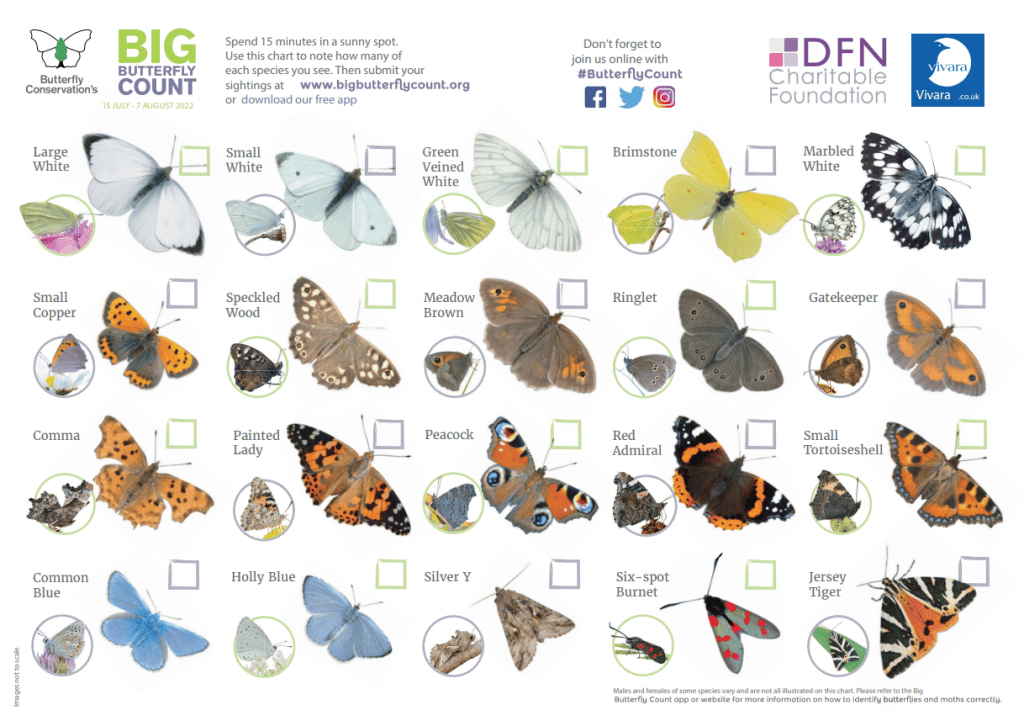
You can log your findings quickly and easily on their website or download their free app. From all the findings across the UK researchers will be able to identify important trends within a species, how changes in the climate may affect them and plan how best to protect them.
If you do not see any butterflies this is also important to record as it may be the first indicator to a wider problem. Butterflies and moths are a highly diverse group of species and make up a ¼ of all named species so you might be surprised about what you see.

The education department managed to log a variety of species who have visited the park. There are approximately 60 different species within the UK and 22 of them can often be recorded in your very own gardens!
Butterflies are portrayed as the essence of beauty, freedom and peace. They are iconic due to their obvious aesthetic value but they are also essential to ecosystems.
This is the best time of year to log these beauties as most species have reached the adult stage of their life cycles. Butterflies have a very short life expectancy (3-6 weeks) depending on the species. However, they do have a very important job to do.
Pretty little pollinators
They are pollinators and transfer pollen from plants to enable fertilisation. As they visit plants to feed on their delicious nectar, the pollen sticks to their hairy legs and is carried away. Sometimes over very long distances. As they migrate in the search for food this allows pollen to be shared across different groups of plants that are far apart. This enables genetic variation within plants for a healthier population.
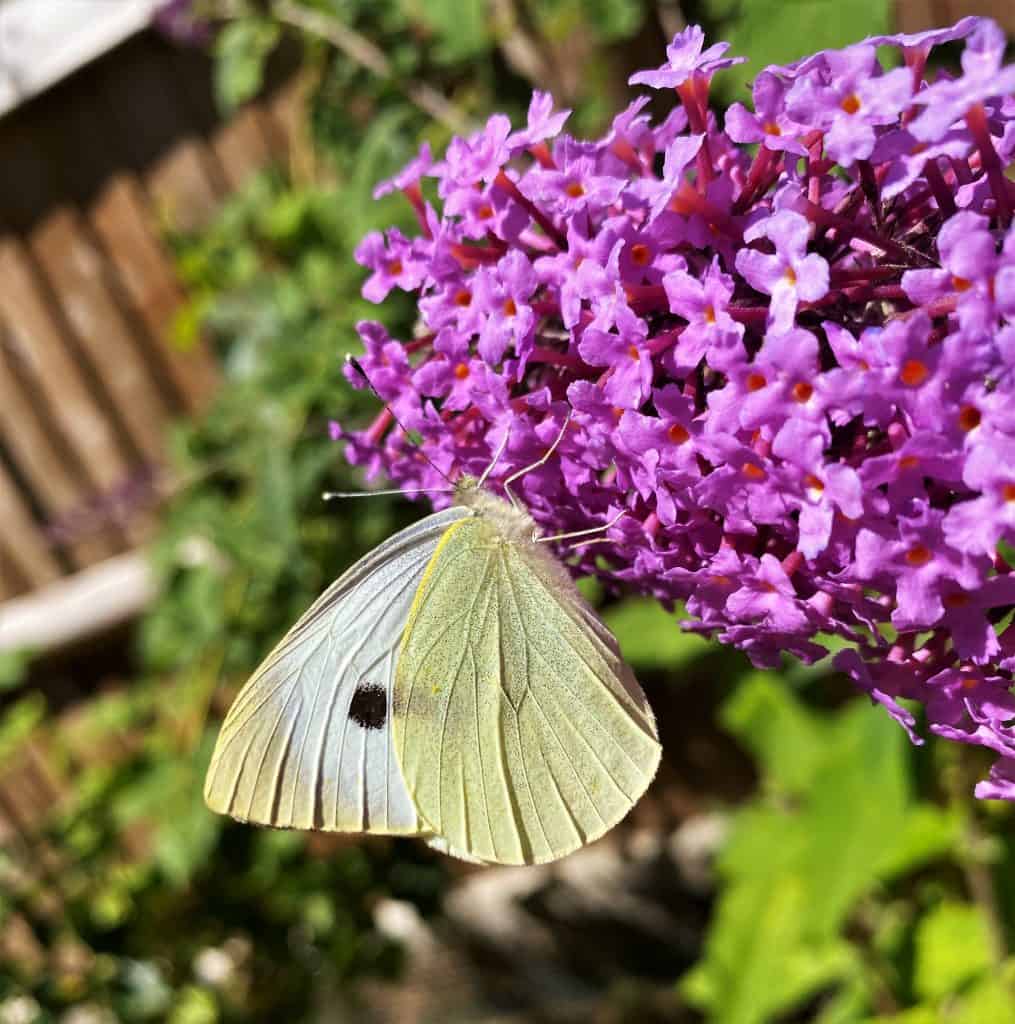
90% of all plants need a pollinator to reproduce and 1/3 of all plants need pollination for fruit production. Butterflies are also key as biodiversity indicators; they are highly sensitive to environmental changes and react quickly to these changes. The disappearance of butterflies is an indicator of a wider, more concerning problem.
The Butterfly Effect
The aptly named `butterfly effect` describes how a minor change can bring about a larger more drastic one. This comes from the `chaos theory` where small altercations, like the loss of butterflies, can have greater consequences and even a detrimental impact on our environment.
Plant and flower numbers would dramatically decline. Therefore, so too would the food source for many other species like other invertebrates and even us humans too. These invertebrates and butterflies are also an essential food source for animals higher up in the food chain like birds and amphibians. The loss of butterflies could cause a devastating phenomenon that would be irreversible to our wildlife and ecosystems.
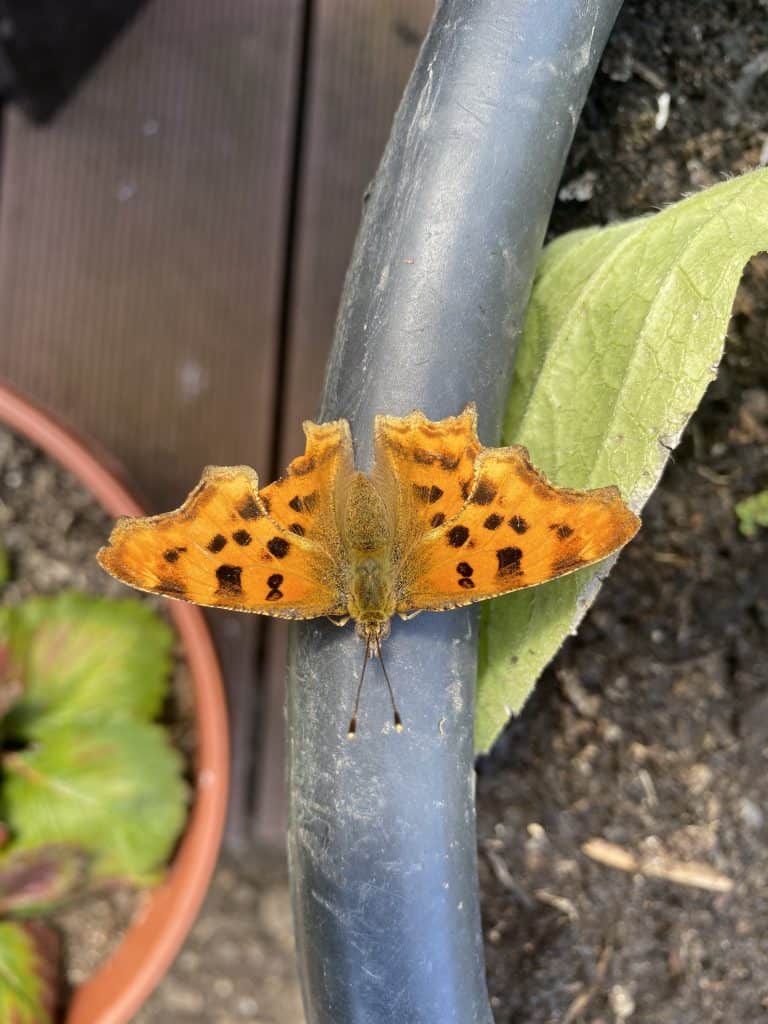
Life Cycle
From an educational point of view butterflies have one of the most fascinating life cycles in the animal kingdom and are one of nature’s true wonders. Butterflies first evolved 150 million years ago and have become masters of their craft.
A female butterfly will lay her egg on the leaves or stems of plants with a glue-like substance to ensure they stick.
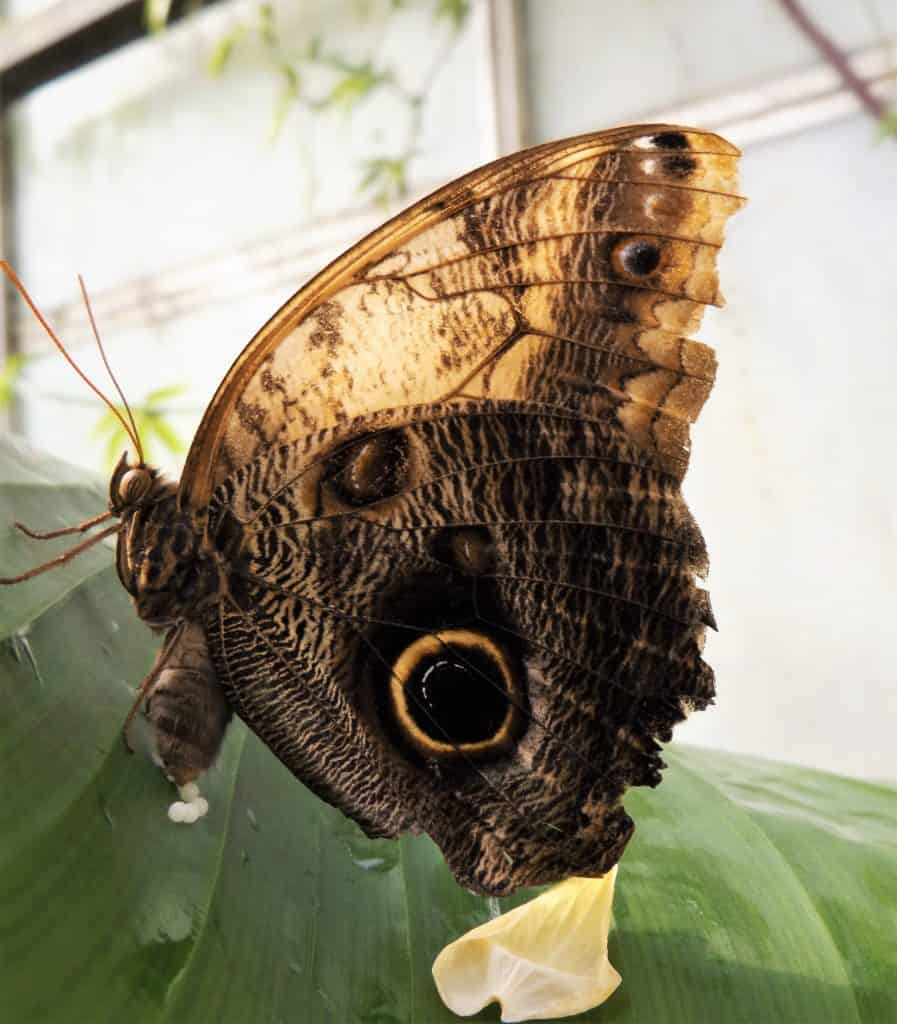
A caterpillar hatches with only one thing on their mind, FOOD. A caterpillar will eat and eat until it is sometimes 100 times bigger than it was when it first hatched. Their skin becomes tighter and tighter and they must shed it as they grow, a little bit like a snake.
Caterpillars are also natural pest controllers and will feed on aphids. Aphids are a common sap-sucking insect found on many plants and can cause extensive damage.
These caterpillars need enough energy to create their cocoon (moth) or chrysalis (butterfly) which acts as protection for them to enable their amazing transformation.
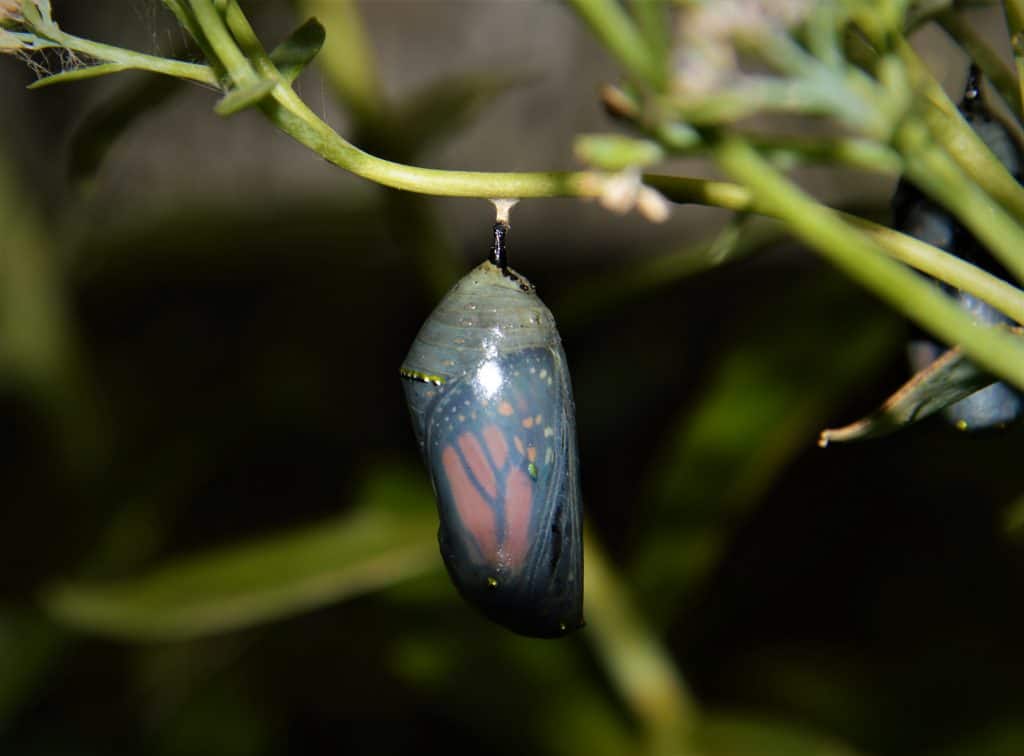
This process is called metamorphosis and involves a complete physical change. This protective barrier will shield them from bad weather or potential predators. After a few weeks a beautiful butterfly will then emerge. However, its wings will be wet. It must wait until they have dried off in the sunshine before they are able to fly and start their amazing life cycle all over again by laying their own eggs.
Butterflies can flap their wings 5 times every second,. They also have a curly, straw like appendage for eating and taste their food with their feet!
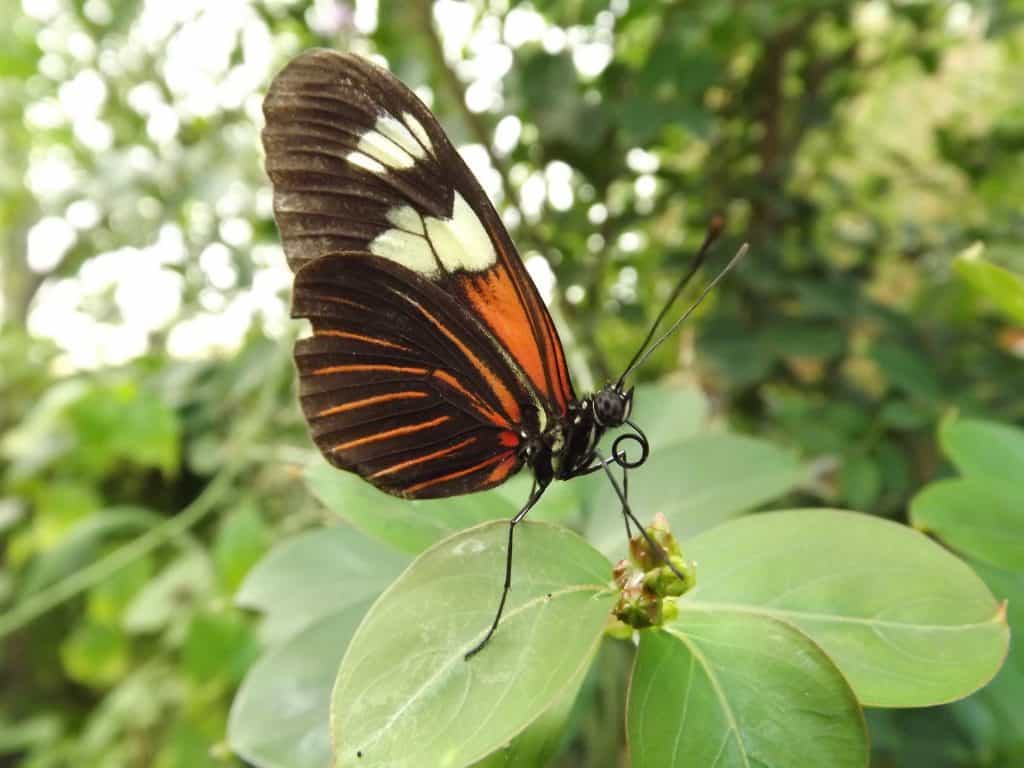
Butterflies in your garden
¾ of British butterflies are in decline largely due to habitat loss, fragmentation and climate change. There are few ways in which you can encourage these beautiful invertebrates to visit your garden.
Any flower with nectar can be a treat for butterflies but of course they all have their favourites. Buddleia in all its varieties is always a fan favourite and is known as `butterfly candy`. Others include lavender, honeysuckle and common lilac. Utilize your sunny spots and plant them a tasty snack. Avoid using pesticides wherever possible especially on open flowers. By encouraging other native wildlife, like hedgehogs and birds, you can support natures ‘pest controllers’. So, in theory there is no need for chemical ones.
Being lazy with your weeding is also encouraged. Weeds are (as we all know) a very durable plant and can thrive in many differing conditions. They act as a lifeline for many pollinators.
You can also give them a safe place to rest by setting up a butterfly house in your garden. They can use them for shelter from bad weather and from predators as well as for feeding if you leave them a tasty snack.

Place your butterfly house near some flowering plants or fruiting trees to guarantee you get some new residents in your garden.
Surely, we can all agree it would be a devastating loss to both our habitats and landscapes to lose such a beautiful inhabitant and visitor to our gardens.



